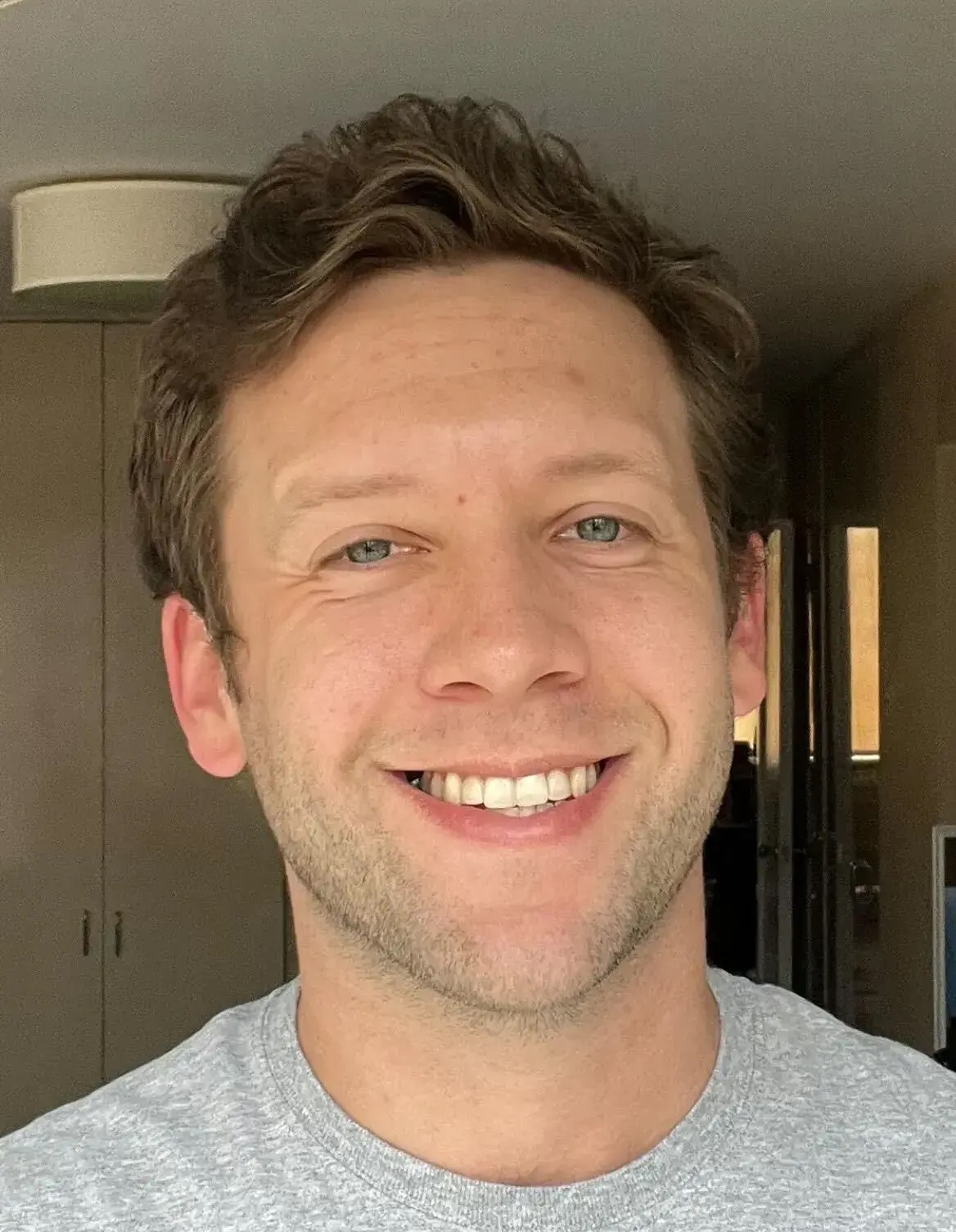
What are orphan initialisms? A similar term is “abandoned acronyms.” Both result from the constant evolution of language. And while it may sound sad that these letters were “orphaned,” in many cases the terms grew into their roles and evolved into new concepts, separate from the original words they were based on.
Both initialisms and acronyms are abbreviations composed of letters that represent certain words. The difference between an initialism and an acronym is pronunciation. Initialisms are pronounced letter by letter, like “ATM” (automated teller machine). Acronyms are pronounced as words, such as “NASA” or “UNESCO” (National Aeronautics and Space Administration and United Nations Educational, Scientific and Cultural Organization, respectively). For example, “GIF” stands for “graphics interchange format” and is pronounced like a word — but let’s not resurrect the debate from a recent edition over the soft or hard “G” pronunciation.
As language (and people) evolve, abbreviations and the words they represent may diverge. Sometimes a person or company actively chooses to create an orphan initialism. The American Association of Retired Persons (commonly known by the initialism “AARP”) was founded in 1958 as an organization dedicated to supporting aging adults. In 1999, the organization officially changed its name to just four letters — AARP — to reflect its membership, regardless of retirement status. Certainly the nature of life and work for adults ages 50 and up had changed over those 41 years.
Another example is the fast-food chain once known as “Kentucky Fried Chicken,” which was renamed KFC to distance it from fried food — though they still sell fried chicken. Both the SAT (Scholastic Aptitude Test) and the ACT (American College Test) are orphan initialisms, as both academic exams abandoned their original names for the initialisms in the 1990s.
Abandoned acronyms can come about the same way, but often the acronym becomes a new word instead of a title or name. When the technologies were invented, “laser” and “radar” were acronyms representing “light amplification by stimulated emission of radiation” and “radio detection and ranging,” respectively. But as the technologies became more prevalent, the acronyms became words in their own right.
If someone told you they were taking a “self-contained underwater breathing apparatus” class, would you know they were learning how to scuba dive? That shows the power of abandoned acronyms and orphan initialisms.















































